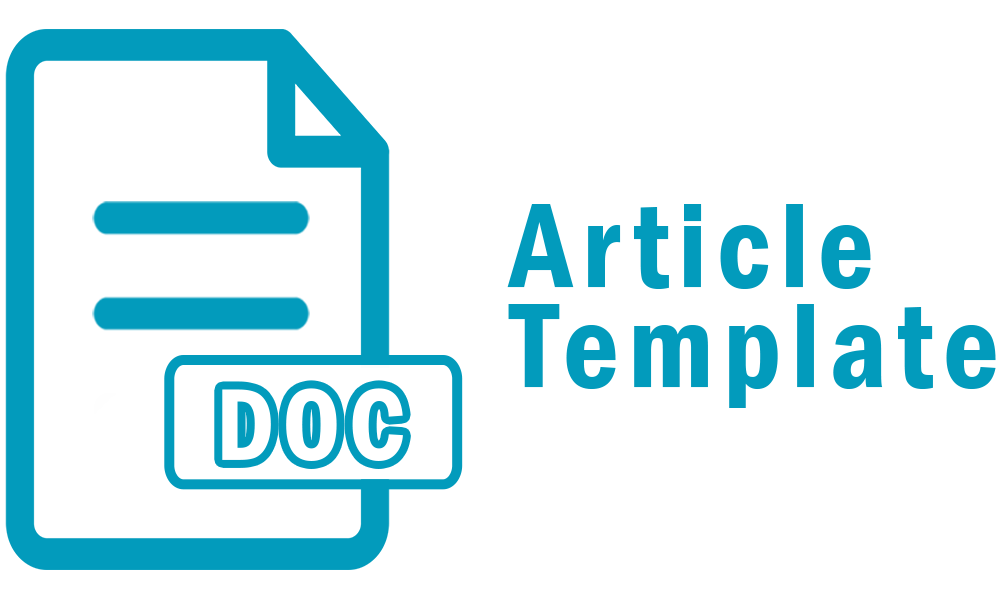PPIC IMPLEMENTATION IN FULFILLING ISO 9001: 2015 REQUIREMENTS
DOI:
https://doi.org/10.46961/kreator.v8i1.307Abstract
A company needs to improve performance, especially in terms of quality in the effort to defend itself and compete with other companies. One of the ways the company in improving its quality is by improving the Quality Management System that has been used. The implementation of QUALITY Management System ISO 9001:2015 in the company is an appropriate step to win competition, especially in conducting print planning in the printing industry. PPIC is a department that has a very important function as Product Planning and Control of material supplies in every activity related to production activities in printing, so there needs to be the implementation of an integrated and sustainable Quality Management System. Fulfillment of ISO requirements is an important step that must be taken in order for the company to officially receive iso certificate This study uses descriptive writing method, using observation data collection method, interview, and library study. Implemented in iso 9001:2015 certified companies. The results showed ppp or PPIC units or other designations in the company have met the requirements of ISO 9001:2015. In the implementation of the fulfillment of the requirements there are some obstacles that can be overcome such as administrative processes that have not been implemented properly. In addition, the supporting factor for the implementation of the most important requirements is the full support of management.
Keywords— PPIC, ISO 9001:2015, Quality Management System
Downloads
Published
How to Cite
Issue
Section
Citation Check
License
Authors who publish with Kreator agree to the following terms:
- For all articles published in the Kreator, copyright is retained by the authors. Authors give permission to the publisher to announce the work with conditions. When the manuscript is accepted for publication, the authors agree to the automatic transfer of non-exclusive publishing rights to the publisher.
- Authors retain copyright and grant the journal right of first publication with the work simultaneously licensed under a Creative Commons Attribution-ShareAlike 4.0 International License that allows others to share the work with an acknowledgment of the work's authorship and initial publication in this journal.
- Authors are able to enter into separate, additional contractual arrangements for the non-exclusive distribution of the journal's published version of the work (e.g., post it to an institutional repository or publish it in a book), with an acknowledgment of its initial publication in this journal.
- Authors are permitted and encouraged to post their work online (e.g., in institutional repositories or on their website) prior to and during the submission process, as it can lead to productive exchanges, as well as earlier and greater citation of published work (See The Effect of Open Access).











